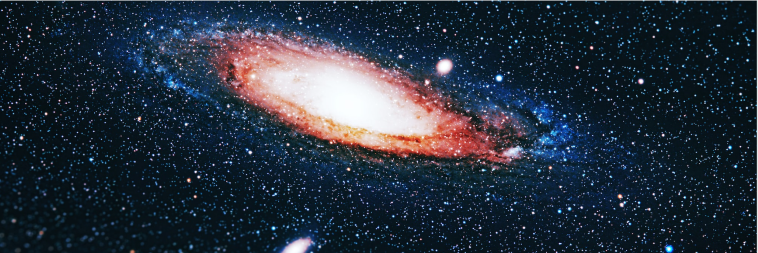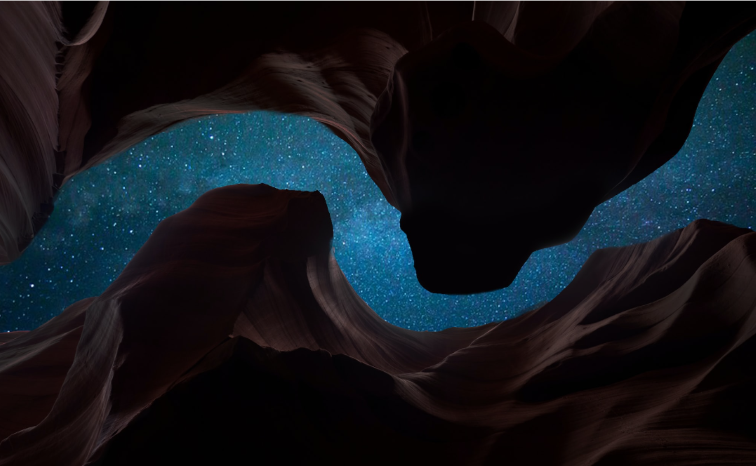Space archelogy through Webb’s mirrors

Galaxies are mostly visible in different shades of orange but also other colors. Some galaxies are big enough to see their spiral ends, while some appear to us as just huge bright spots.
The spiral galaxy LEDA 2046648 which is just over a billion light-years from Earth, has a bright core and star-forming regions that illuminate its outer shape.
One of Webb’s primary scientific goals is to observe distant galaxies in the early universe to understand the details of their formation, evolution, and composition. Infrared vision helps peer into the past, as the light from these distant galaxies is shifted toward infrared wavelengths.
To fully exploit the Webb’s potential, engineers and astronomers must first calibrate telescope instruments and systems. Each of Webb’s instruments contains optical elements that redirect and focus the starlight collected by Webb’s main mirror.
This observation is part of the Webb Infrared Imager and Slitless Spectrograph (NIRISS) commissioning campaign.
NIRISS is an instrument that supports operations in three observing modes. It has a camera that can be used with a NIRCam camera for additional recordings. It has a spectrograph without a slit, where all the light falling on the camera is scattered into the spectrum.
The instrument’s accompanying fine-tuning sensor allows the Webb to remain stably locked and pointed at a specific target, even a moving one, with very high precision. With this high precision, spectra and high-resolution images are obtained.
This allows astronomers to interpret and compare data from the two different instruments.

Unlike a regular spectrograph, the light source in a slitless spectrograph is not a narrow slit. NIRISS offers a spectroscopic mode specifically designed to characterize exoplanets using transit spectroscopy, which allows studying the chemical composition of an exoplanet’s atmosphere when it passes in front of its host star.
NIRISS will show whether the spectra of distant planets show lines characteristic of molecules of water, carbon dioxide, methane and oxygen in their atmospheres – crucial for the search for life conditions. NIRISS was provided by the Canadian Space Agency.
What is our space address?
Earth is in space. Maybe there are more, even an indefinite number of universes.
In that, let’s call it our universe, galaxies gather in clusters. Our supercluster is called Supercluster Virgo.

A supercluster is a collection of a large number of smaller groups of galaxies. We call our group the Local Group or Local Cluster.
In the Local Cluster we are in the second largest galaxy. The largest galaxy is called the Great Galaxy in Andromeda (Andromeda is one of the constellations here), and our galaxy is the Milky Way.
The Milky Way is a huge spiral galaxy (which may not even be smaller than the aforementioned Andromeda Galaxy, but we’ll leave that to astronomers to finally determine).
So we are in the Milky Way, but where?
Well, in one of the spirals that we call Orion’s belt. And in Orion’s belt, our address leads us into the solar system. Within the solar system we are on the planet Earth and so on – you know how the rest goes!

